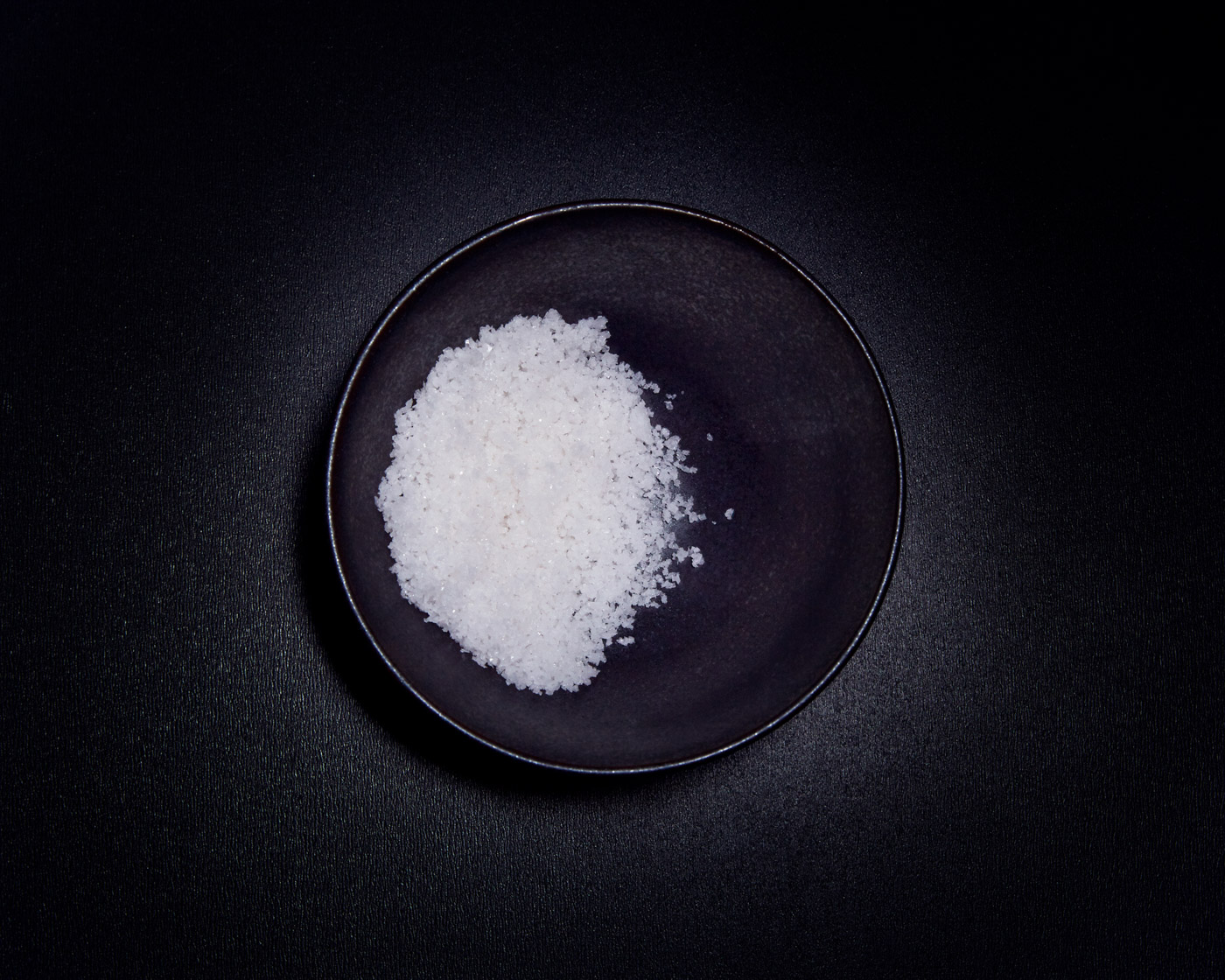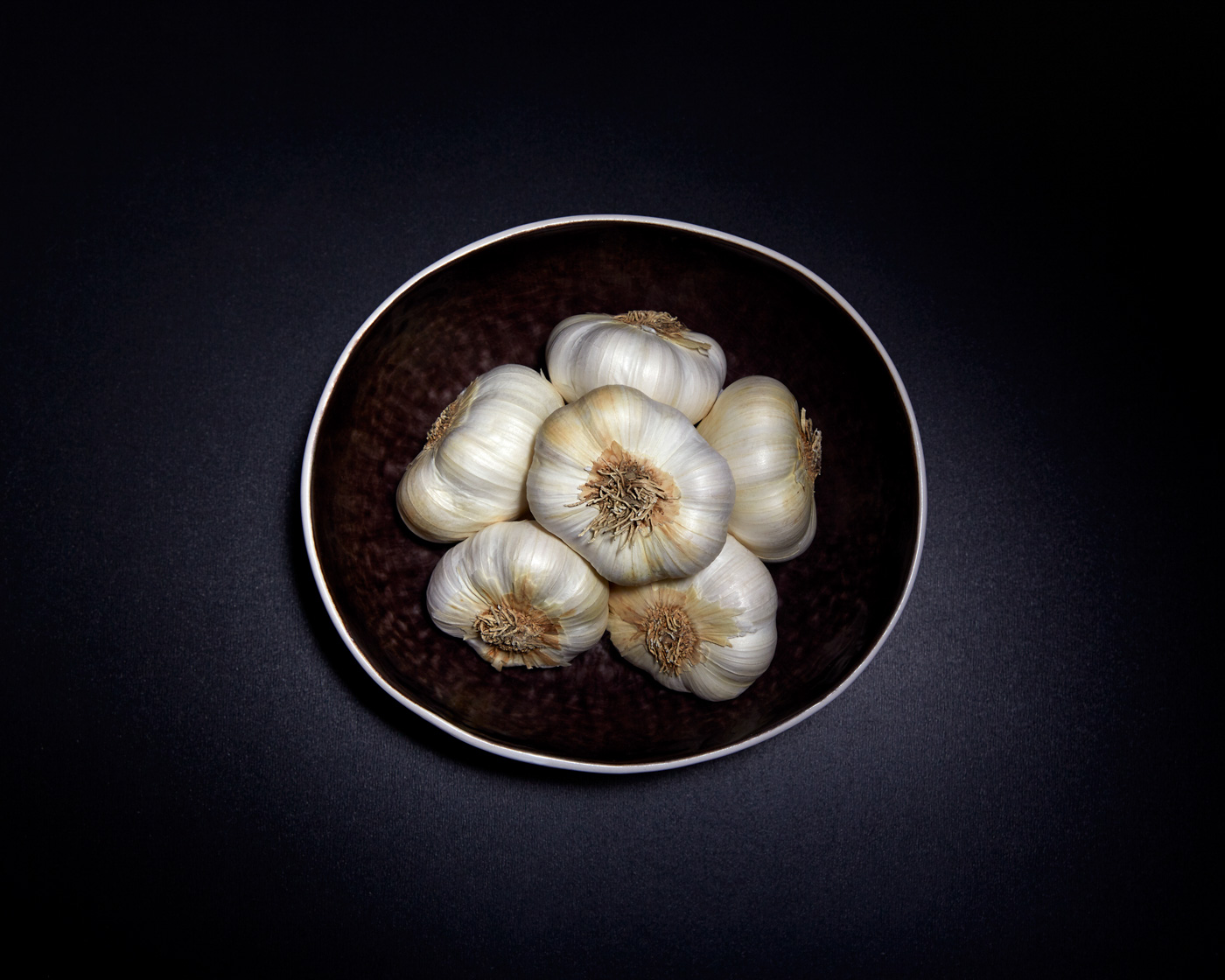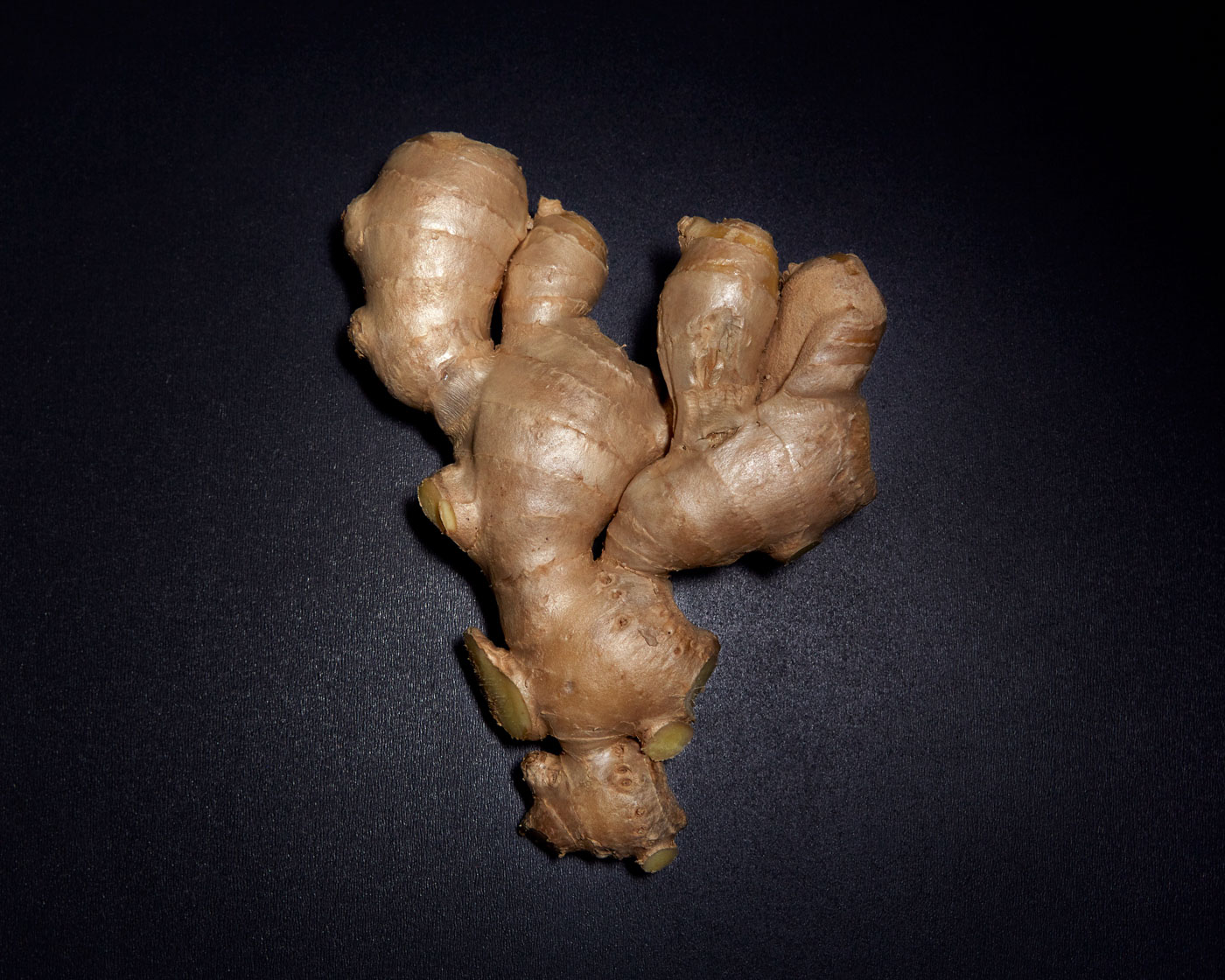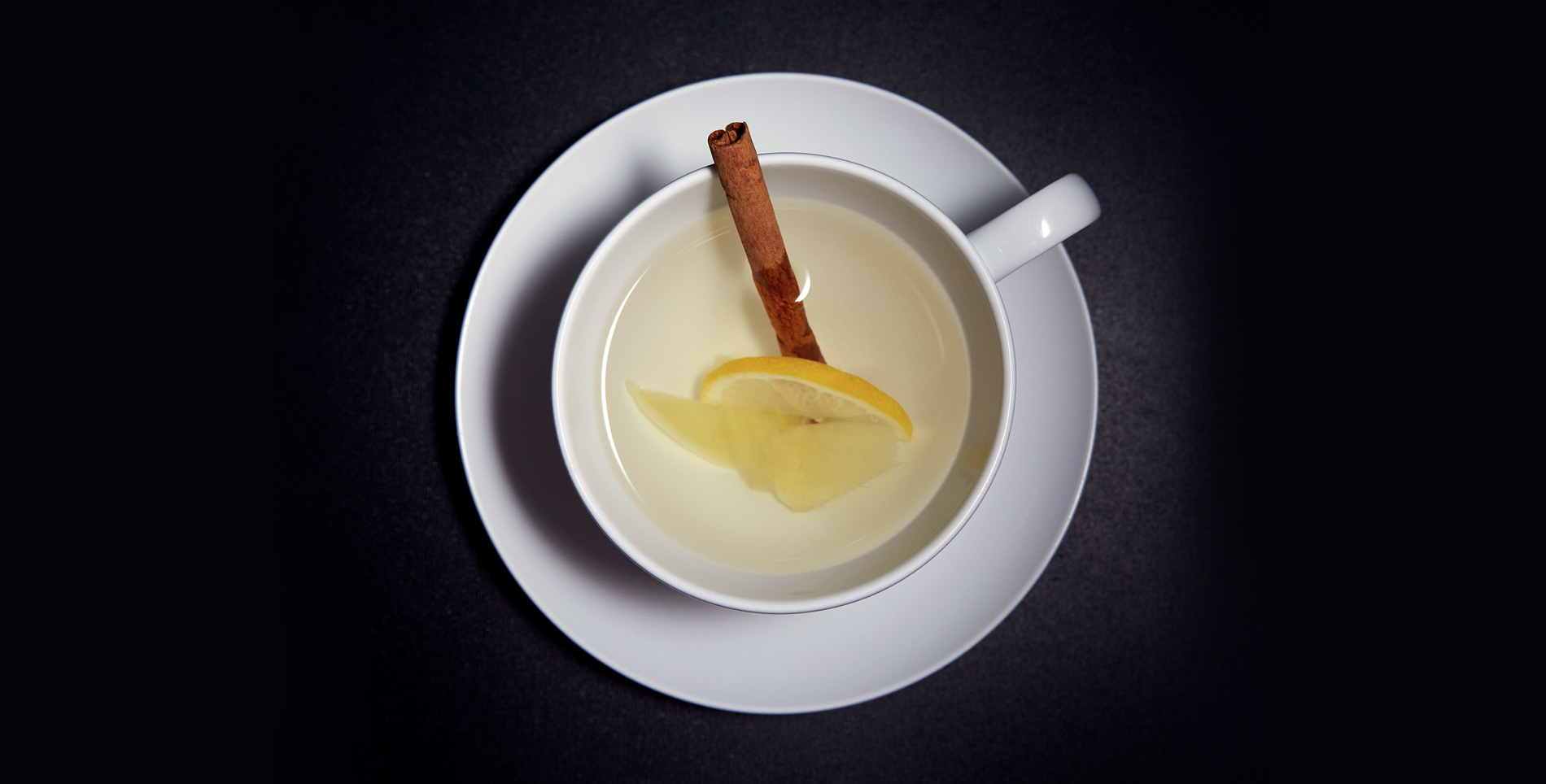The season of sniffles is upon us, and once again, my home is in constant virus rotation. My darling kindergartner—putting her displays of affection with school mates above the need for germ avoidance—is usually pinned as carrier for the bug of the month. And despite my incessant efforts to scrub away those microbes from every part of her body and clothing, she will inevitably sneeze or cough into my, my husband’s, or my toddler’s face, letting loose the contagion that will infiltrate the entire household. But before I go running to the medicine cabinet or pharmacy to battle the impending onslaught of symptoms—sore throat, runny nose, sneezing, coughing, sinus congestion—I always fall back on my Indian roots and the homemade concoctions passed down through generations.
Since the origins of mankind, traditional medicine has been employed to combat all types of illnesses, and some cultures continue to practice it even today—although outside of those cultures, the term has shifted to alternative medicine. Grandmothers, mothers and mother-in-laws across all regions have been armed for centuries with an arsenal of home remedies, becoming the first round of defense and offense during cold season. Over two hundred different viruses can cause the common cold, and although there is still no cure, there are specific ingredients with germ-fighting powers. These four have stood the test of time—they’ve made the leap from mere folklore to modern scientific validation—and have provided countless souls with remedies to help lessen the stay of so many snot-inducing microorganisms.

Salt
The use of salt as a treatment for ailments is as old as ancient history. Major civilizations—Egyptian, Greek, Roman, Persian—have recorded remedies that employed salt to treat everything from skin lesions to digestive issues to respiratory diseases. Salt has been used to kill bacteria for centuries, a primary ingredient in the preservation of food (salt rubs, brines). By drawing out the water, harmful bacteria has no room to grow. Salt also provides relief: gargling with salt water has been a reliable remedy for sore throats in India—as well as in my home—and is usually the first step in cold therapy.
Superpower: Antimicrobial properties in salt prevent the growth of bacteria—which flourish in environments with high water activity—by creating a high-salt barrier, while also pulling fluids from inflamed tissue.
How to take it: Dissolve a half teaspoon of salt with six to eight ounces of warm water and gargle away.

Honey
Sweet and gooey, honey beats the taste of cold medicine on any given day. This golden syrup and its medicinal attributes have been lauded by cultures globally over centuries, its health benefits documented in some of the oldest medical literary works (the first written accounts of honey as a drug and ointment, dating back to 2100 to 2000 BC, was found on a Sumerian tablet writing). Honey combats bacteria; its high viscosity creates an infection-fighting barrier. From Asia to Europe to North and South America, honey is one of the most commonly used ingredients in home remedies to alleviate the symptoms of a cold or the flu.
Superpower: Honey is no friend to bacteria: the enzymatic production of hydrogen peroxide is what gives this sweetener its antimicrobial and wound-healing properties. Its inherent hygroscopic nature draws moisture out of environments—essentially dehydrating bacteria—and its high sugar/low level pH content is useful in preventing the growth of microbes.
How to take it: There are many ways to ingest honey, a straight spoonful being the easiest and quickest method. A sprinkle of black pepper, along with a splash of fresh lemon juice, is a simple recipe to quiet coughs. Stirring honey into tea provides a soothing touch of sweetness while also quelling the taste of added remedial ingredients, such as fresh garlic or grated ginger.

Garlic
The Stinking Rose. Garlic was originally used by ancient cultures more for medicinal purposes than as a flavor enhancer. Recorded accounts of garlic remedies—tracing back to 3000 BC—were found written on Assyrian and Sumerian tablets and in Egypt; garlic was fed to the pyramid builders (aka the enslaved) in order to increase their strength. Pliny the Elder—the Roman naturalist—as well as Hippocrates recommended garlic for various maladies, but it wasn’t until 1858, through the work of French biologist Louis Pasteur, that garlic’s medicinal effects received corroborative support. According to Pasteur, garlic had the ability to kill bacteria almost as effectively as penicillin. Today, it is still used in many regions—particularly in Spain and Latin America—in the form of garlic tea, the remedy of choice when feeling under the weather.
Superpower: Whole garlic contains the compound allicin, a natural antiseptic that is released once a clove has been crushed or sliced. Allicin contains sulfur-containing compounds that kill bacteria and boost the immune system, helping to fight cold and flu viruses.
How to take it: In order to get the optimal cold-fighting benefits, garlic must be fresh. If you can handle it, eat your garlic straight. Otherwise, let crushed or sliced garlic stand for ten minutes—to prevent the loss of medicinal properties caused by heat or cooking—before combining it with hot water, honey and lemon juice, the tea known as “the Spanish cure.”

Ginger
In Asian cultures, ginger is widely used and essential not only in cooking but for treating illness, a practice that has been alive for millennia. This powerful root—the rhizome of the flowering zingiber officinale plant—is packed with therapeutic compounds. In Indian Ayurvedic and traditional Chinese medicine, ginger is believed to warm the body from the inside, promoting the perspiration that will push cold-causing pathogens out through the pores. It also is said to warm the lungs, aiding with expectoration and providing protection from cold, damp air.
Whatever name you choose to call it—adrak chai, shoga-yu, saenggang-cha, or simply ginger tea—blending steaming water with this hot, fragrant spice has become a staple around the world during the chilly winter months.
Superpower: Ginger contains many active ingredients including gingerols, shogaols, zingerone and paradol, chemicals known to have antimicrobial and anti-inflammatory characteristics.
How to take it: Pour boiling water over fresh slices of ginger and make yourself an herbal tea. Add honey, a squeeze of fresh lemon juice—even a cinnamon stick—for more kickass, germ-fighting power.
Home remedies are great for providing much needed relief from cold symptoms. However, it is always best to check with your doctor before trying anything new—especially if you are currently on any prescriptions—or if your symptoms are persistent or worsen.
Wishing you all a warm, safe and healthy winter season!
——
Bone Deep is an ongoing column in which contributor Deepi Ahluwalia digs into her curiosities about food, exploring its historical and global significance.







Our comments section is for members only.
Join today to gain exclusive access.